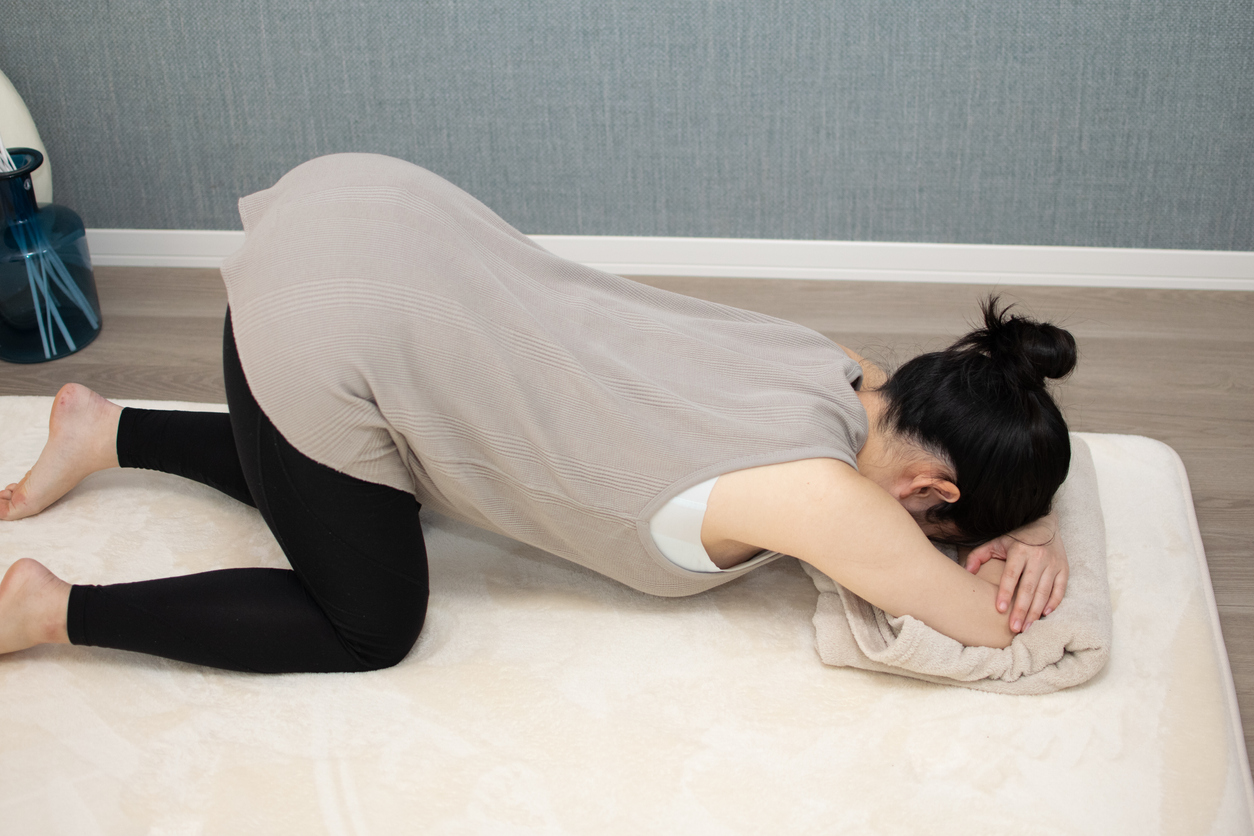Pelvic pain and abnormal pelvic floor muscle (PFM) tension are common among individuals with endometriosis and can persist even after surgical removal of endometriosis lesions. Since endometriosis is a hormonally dependent, inflammatory disease that affects several physiological systems, multiple factors could contribute to chronic pelvic pain (CPP).
Pain management methods that target myofascial pain are becoming more popular among practitioners since myofascial sources could continue to cause CPP even after surgical and hormonal treatment. Pelvic pain can also result from musculoskeletal disorders that may go unnoticed during a traditional pelvic exam. Screening the inferolateral pelvic floor musculature during a routine pelvic exam is useful for identifying spasms and trigger points contributing to, or resulting from, a patient’s pelvic pain.
Nonrelaxing pelvic floor dysfunction may present with nonspecific symptoms such as pain, and problems with defecation, urination, and sexual function, which can adversely affect the quality of life. Proper evaluation can facilitate the diagnosis of spasms or trigger points, and physical therapy often significantly improves the quality of life in these cases.
Pelvic pain in women with different stages of endometriosis can be strongly associated with bladder/pelvic floor tenderness and painful bladder syndrome, independent of endometriosis-related factors. This suggests the involvement of myofascial or sensitization pain mechanisms for some patients suffering from deep dyspareunia. Pelvic floor physical therapy (PT) has proved to be helpful in women with myofascial or pelvic floor pain. This type of PT aims to release tightness in muscles by manually “releasing” it; treatment is directed at the abdomen, vagina, hips, thighs, and lower back muscles. This requires a specially trained physical therapist.
It is imperative for women to recognize and treat pelvic pain with physical therapy and other interventions to alleviate pain and improve their quality of life.
References:
- Aredo, J. V., Heyrana, K. J., Karp, B. I., Shah, J. P., & Stratton, P. (2017, January). Relating chronic pelvic pain and endometriosis to signs of sensitization and myofascial pain and dysfunction. In Seminars in reproductive medicine (Vol. 35, No. 01, pp. 088-097). Thieme Medical Publishers. Retrieved from https://www.ncbi.nlm.nih.gov/pmc/articles/PMC5585080/
- Weiss, P. M., Rich, J., & Swisher, E. (2012). Pelvic floor spasm: the missing link in chronic pelvic pain. Contemporary OB/GYN. Retrieved from https://www.contemporaryobgyn.net/view/pelvic-floor-spasm-missing-link-chronic-pelvic-pain
- Faubion, S. S., Shuster, L. T., & Bharucha, A. E. (2012, February). Recognition and management of nonrelaxing pelvic floor dysfunction. In Mayo Clinic Proceedings (Vol. 87, No. 2, pp. 187-193). Elsevier. Retrieved from https://www.sciencedirect.com/science/article/abs/pii/S0025619611000243
- Orr, N. L., Noga, H., Williams, C., Allaire, C., Bedaiwy, M. A., Lisonkova, S., … & Yong, P. J. (2018). Deep dyspareunia in endometriosis: Role of the bladder and pelvic floor. The journal of sexual medicine, 15(8), 1158-1166. Retrieved from https://dl.uswr.ac.ir/bitstream/Hannan/73785/1/2018%20JSM%20Volume%2015%20Issue%208%20August%20%283%29.pdf
- Tu, F. & As-Sanie, S. (2019). Patient education: Chronic pelvic pain in women (Beyond the Basics). Retrieved from https://www.uptodate.com/contents/chronic-pelvic-pain-in-women-beyond-the-basics/print
- Hunt, J. B. (2019). Pelvic Physical Therapy for Chronic Pain and Dysfunction Following Laparoscopic Excision of Endometriosis: Case Report. Internet Journal of Allied Health Sciences and Practice, 17(3), 10. Retrieved from https://nsuworks.nova.edu/cgi/viewcontent.cgi?article=1684&context=ijahsp




